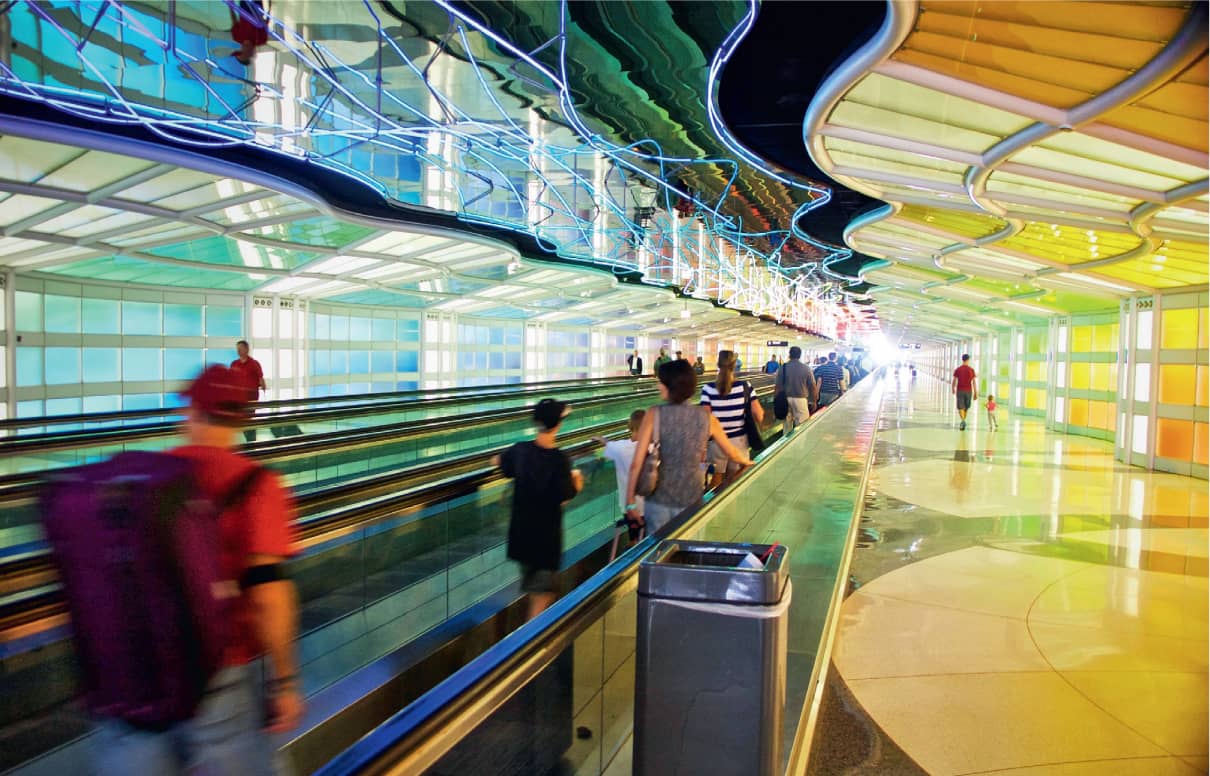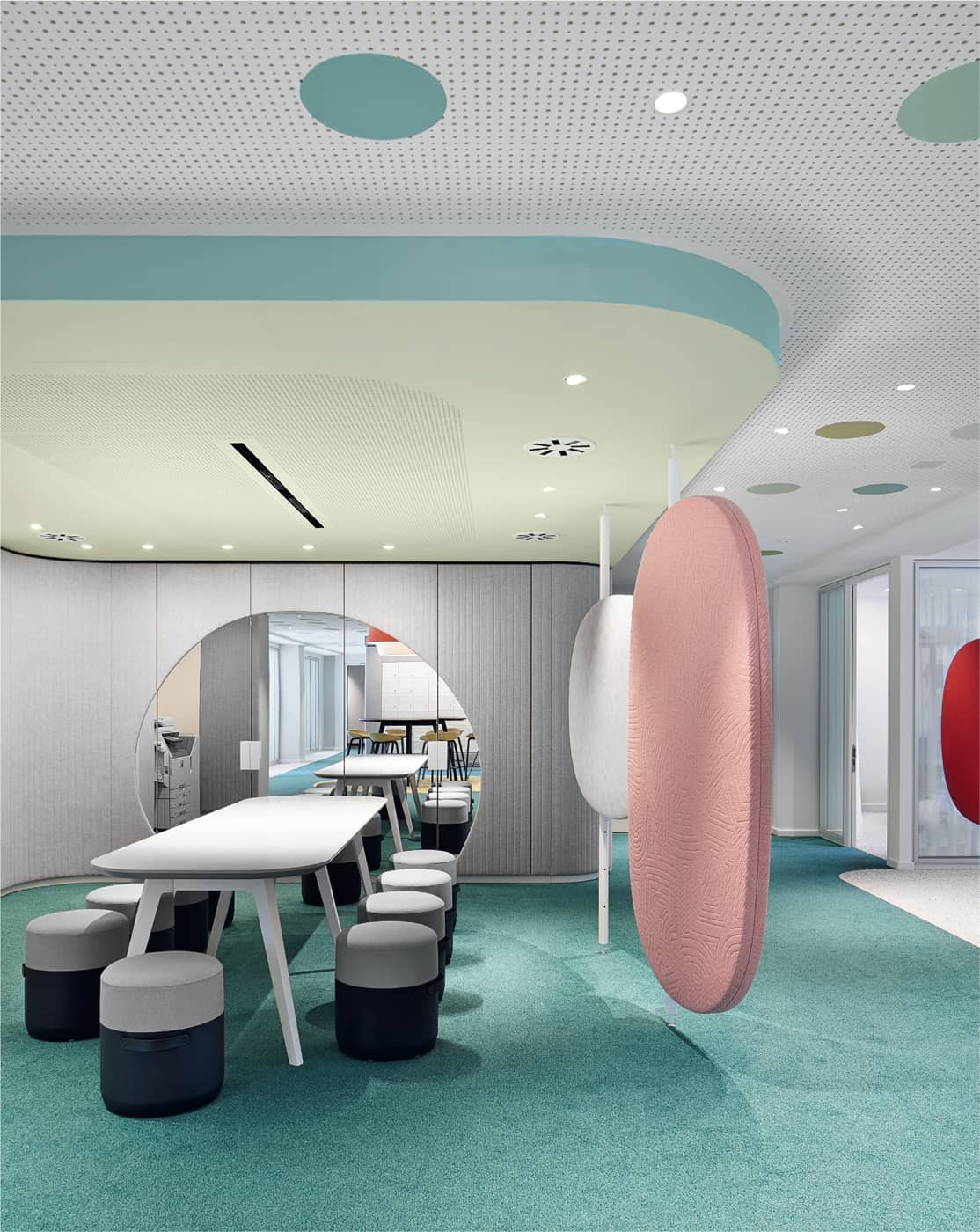97 Universal Design
Designing for a diverse range of abilities and situations.
Helpful Advice
In 2005, the British Standards Institute defined inclusive design as “the design of mainstream products and/or services that are accessible to, and usable by, as many people as reasonably possible … without the need for special adaptation or specialized design.” Similarly, the expression universal design is often used more broadly with emphasis on simplicity, flexibility, and equitability in function.
In the built environment, universal design is the concept that good design should function for all people, disabled or not. The ideas within universal design were first advocated by Ronald Mace, a survivor of polio that left him wheelchair-bound at age ten. He began training as an architect at North Carolina State, where he had to overcome many impediments to moving in and around the campus. His experience led to the development and implementation of principles that are specifically designed to function without the need for customization, adaptation, or specialized equipment to make them accessible. The concept was founded on “eradicating the discrimination, marginalization and social disengagement of the disabled.” It is also commonly referred to as design for all, inclusive design, or barrier-free design.
The design solutions that aim to prevent barriers to access tend to feature open, wide spaces that allow movement and circulation, and furniture and fixtures that are accessible, lower to the ground, and require less physical effort to utilize.
The following are key features of the concept of universal design
Flexibility
Ensure that the ease of operation of all elements of a design accommodate people with a broad range of abilities.
Intuitive
Specify fixtures, furniture, and equipment whose function is clear, precise, and operates as expected.
Information
Provide any textual information in a variety of accessible formats, subtitles, high-contrast type, and braille at all locations.
Technology
Approach technology integration with accessibility first by specifying automatic doors, adaptive lighting controlled by sensors, or touch controls that do not need excessive force to operate.
Tactility
Require changes in material at sidewalks and important transitions, and ensure the use of nonslip surfaces.

Helmut Jahn’s design for an underground walkway between terminals B and C at O’Hare International Airport in Chicago, Illinois features pedestrian mobility systems that provide ease of movement and circulation for all users of the airport.

Noise-reducing elements, bright colors, and soft surfaces in this office by Ippolito Fleitz Group for the Aktion Mensch headquarters in Bonn, Germany provide clear routes and guidance for all users.
